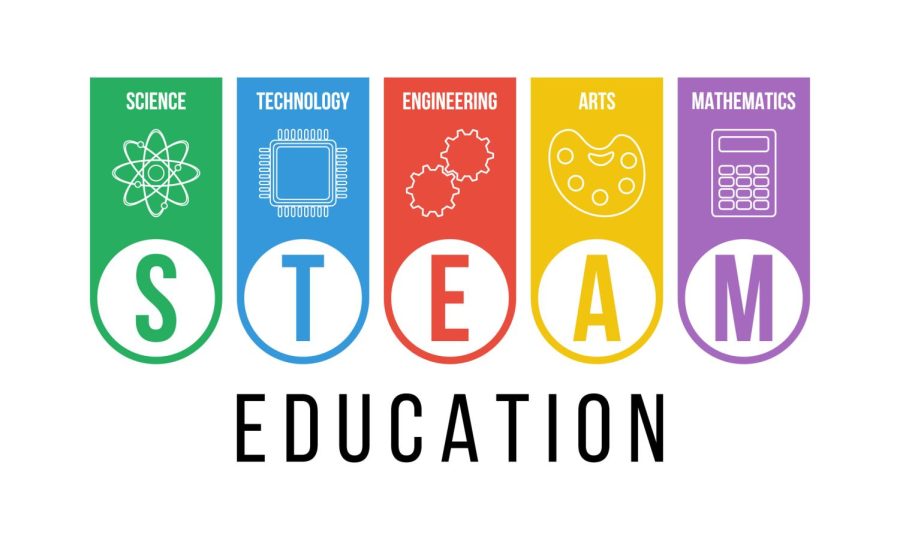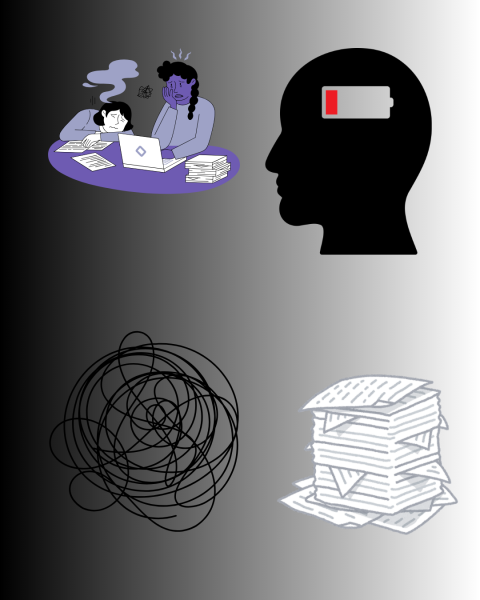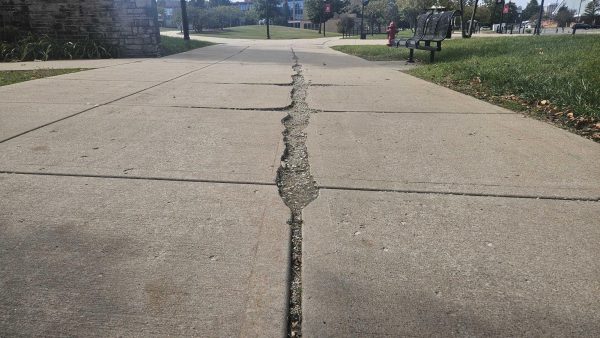Unpopular Opinion: The “A” belongs in STEAM
Getty Images
Opinion columnist Lucy Atkinson writes about the importance of adding the “A” for arts along with STEM
From the chaotic energy of fifth-grade classroom science experiments to the anxiety of the night before a high-school math exam, most people hold memories acquainted with STEM: the educational focus on science, technology, engineering and math in K-12 curriculums.
However, more unknown to people is STEAM, which focuses on the same fields as STEM with one addition: the arts.
Only recently being informed of this tiny little “A,” I was surprised but delighted by it, and shocked to hear how against that “A” so many people are.
Some of the fear around transforming STEM into STEAM is that the change removes the focus from the original subjects, but this change is simply an expansion, not a deletion.
When you make a new friend, there is no universal algorithm requiring you to boot out your old childhood bestie. Similarly, adding art to STEM does not discredit any of the original fields, it enhances them.
Rather, when we exclude “A” from STEM, a program meant to encourage childhood exploration of rigorous studies, we pass the message to children that the arts are not as important to the “real” world. We pass the message that the arts are not as “grown-up.”
This is the idea that most worries me. We desperately need the arts because we are human, and humans, even “grown-ups,” are social and complex creatures.
The study of art encourages development in communication, creativity and tenacity, all of which are necessary in each of the STEM fields. Art cannot be seen as purely a manner for play. Art is rigorous, it is innovative and it is for adults.
Adults could learn a few things from childhood imagination, anyways.
In fourth grade science, I recall learning about the sides of the brain. The right half of our brain governing our creative, artistic side and the left our mathematical, logical side. Despite their differences, both halves of the brain work together in every action our bodies take.
While our literal brains don’t support the idea that the arts must be separated from science and math, much of our society continues to separate the studies. Perhaps STEAM can help us move away from this tradition of division.









